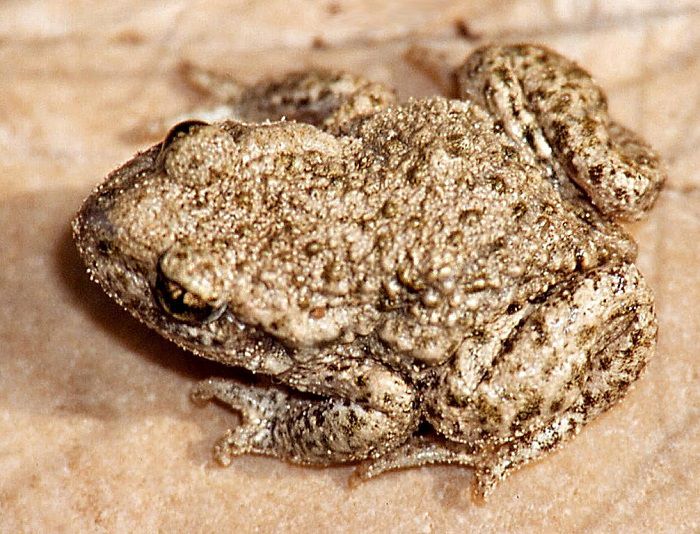Table of Contents
Toads are interesting creatures to keep as pets. Some species require quite a commitment from their owners. They have to be fed and watered; their enclosures have to be cleaned; they even have to be monitored for sickness and disease. Under normal conditions, all of this has to be done for years.
How long do toads live in captivity? It depends on multiple factors. For starters, different species of toads exhibit longer lifespans than others. Then there are environmental factors. Rest assured that most toads, if taken care of properly, are a long-term commitment.
The Lifespans of 10 Species of Toad
A lack of documented scientific evidence prevents anyone from definitively saying how long toads will live in captivity. But there is plenty of anecdotal evidence from which to draw. Below are 10 toad species and their average lifespans in captivity:
- American toad – 35+ years
- Black toad – 12 years
- California toad – 20+ years
- Cane toad – 30 to 35 years
- Great Plains toad – 10+ years
- Green toad – 7 to 10 years
- Oak toad – 1 to 2 years
- Oriental Fire-Bellied toad – 20 years
- Western toad – 9 to 10 years
- Yosemite toad – 10 to 15 years
The life span information above comes compliments of the Amphibian Life website [source].
As you can see, average lifespans vary significantly. The humble oak toad has the shortest average lifespan on the list. American and cane toads seem to live the longest. Green and western toads occupy that nice middle ground.
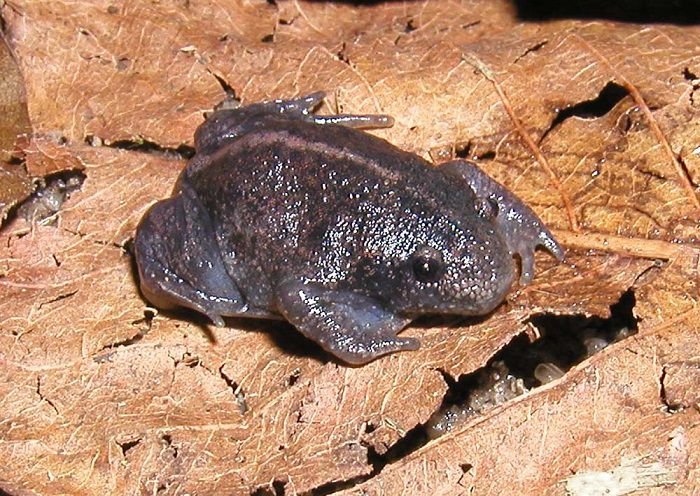
Mexican Burrowing Toad 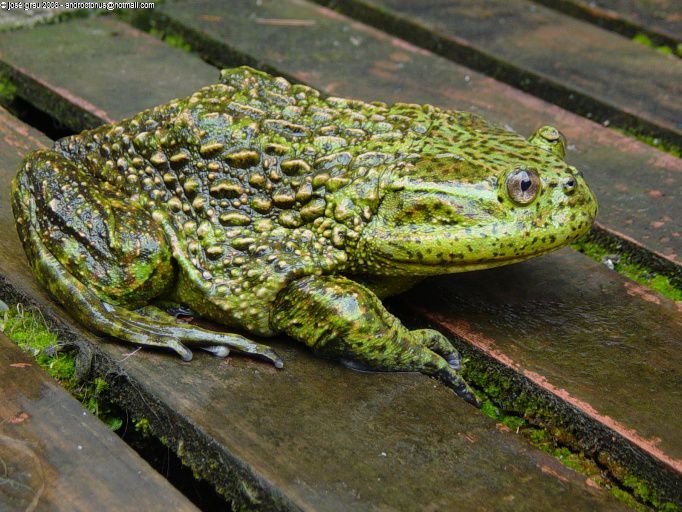
Helmeted Water Toad 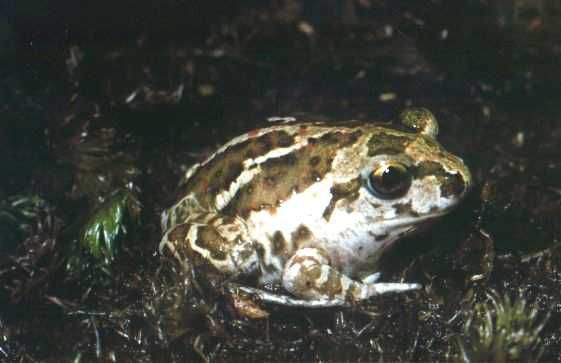
Common Spadefoot Toad
Things That Affect Toad Lifespan
It is pretty rare for a toad to live more than a couple of years in the wild. If disease or starvation doesn’t get it, predation will. So even though cane and American toads can live dozens of years in captivity, finding a 35-year-old specimen in the wild would be very unusual.
Below are just some of the things that affect a captive toad’s lifespan:
1. Diet
Toads are voracious eaters. Feeding a pet toad a nice variety of insects and small arthropods is the best way to ensure good nutrition. Unfortunately, an improper diet can lead to all sorts of things. It can contribute to metabolic bone disease and bacterial infections. It can lead to general weakness and declining health. Like any other living creature, proper nutrition is essential to long life for toads.
2. Bad Water
Toads seem to be very sensitive to the water they consume and swim in. They are especially sensitive to chlorine and phosphorus. As such, continued exposure to municipal water supplies could reduce a toad’s lifespan. Why? Because municipal water tends to be heavily chlorinated.
Phosphorus can be a problem with both municipal and well water, but it is more likely to be a problem with the latter. Experts recommend keeping phosphorus content below a certain level to ensure water does not inhibit breathing or make a toad sick.
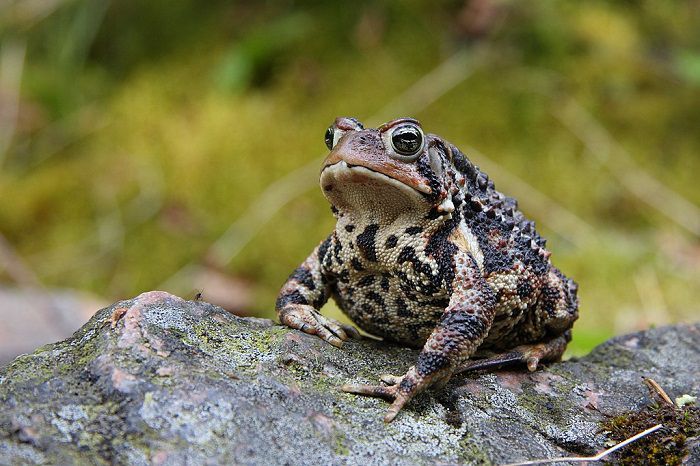
American Toad 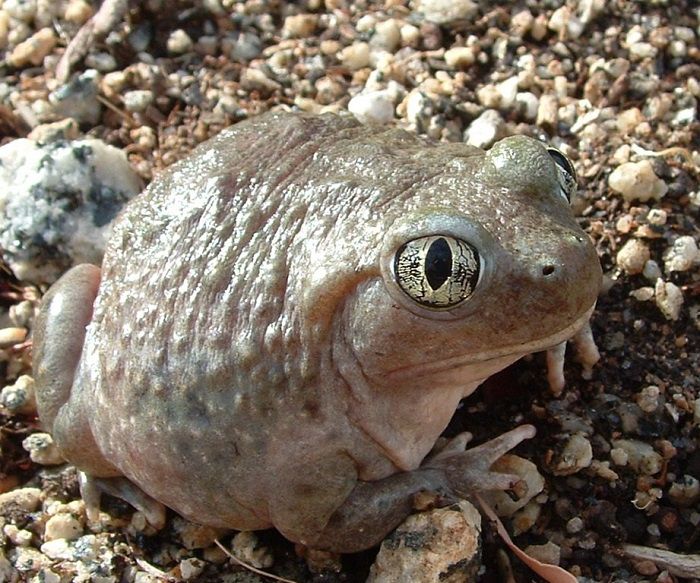
Western Spadefoot Toad 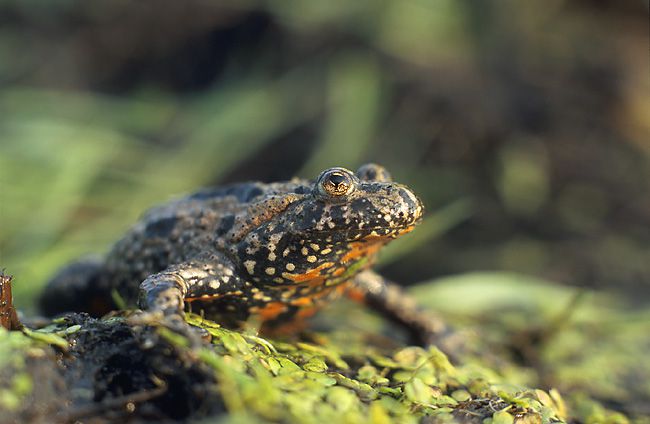
European Fire-Bellied Toad
3. Anxiety and Illness
Toads are susceptible to illnesses just like any other living creature. Bacterial infections are fairly common, and some of these can be fatal. The major problem with infections is that it is often too late to do anything once it becomes apparent that a toad is sick.
Along those same lines, anxiety can be harmful to toads over the long term. Persistent anxiety can shorten a toad’s life considerably. This is one of the reasons toads should not be handled regularly.
Toads can live quite a long time in captivity. Living for decades is not out of the question if you choose the right species and take care of it properly. Are you ready for that kind of commitment?
Photo Credits:
Featured Image (Common Midwife Toad): Christian Fischer – CC BY-SA 3.0
– CC BY-SA 3.0
Mexican Burrowing Toad: Pstevendactylus – CC BY-SA 3.0
European Fire-Bellied Toad: Marek Szczepanek – CC BY-SA 3.0
– CC BY-SA 3.0
Western Spadefoot Toad: Takwish – CC BY-SA 2.5
– CC BY-SA 2.5
American Toad: Cephas – CC BY-SA 3.0
– CC BY-SA 3.0
Common Spadefoot Toad: Franco Andreone – CC BY-SA 2.5
– CC BY-SA 2.5
Helmeted Water Toad: José Grau de Puerto Montt – CC BY-SA 3.0
– CC BY-SA 3.0

